
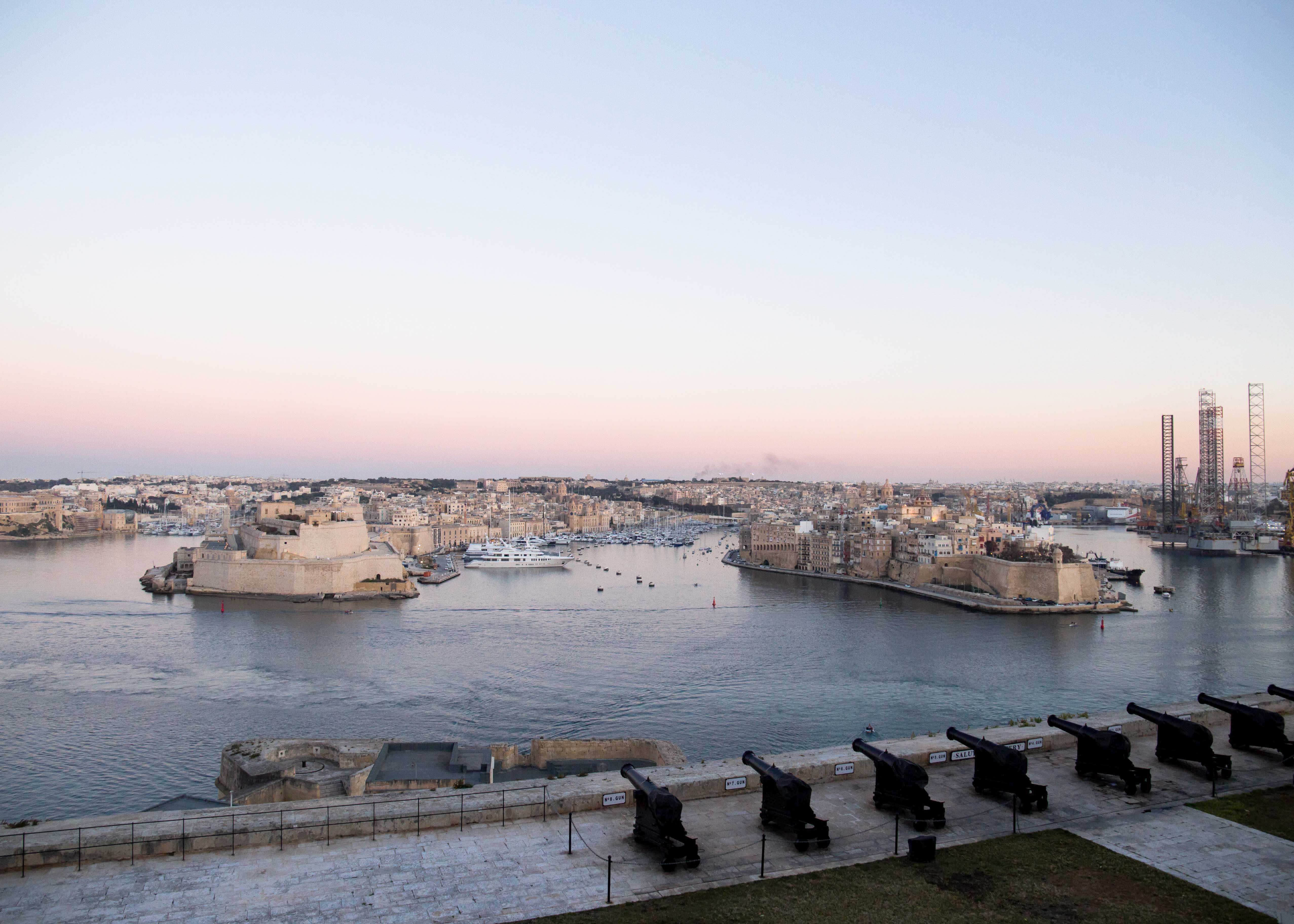
Valletta, the capital city of Malta and one of the smallest capital city in Europe, is one of the world's heritage sites listed by UNESCO. The city is full of histories and Baroque architectures. It is the fortified city located on the hilly peninsula in the Mediterranean Sea. Valletta is considered as an open-air museum since the city could be discovered within a walking distance, surrounded by many stunning and magnificent attractions and views. The city might seem to be small but it is indeed packed with historical buildings around every corner.
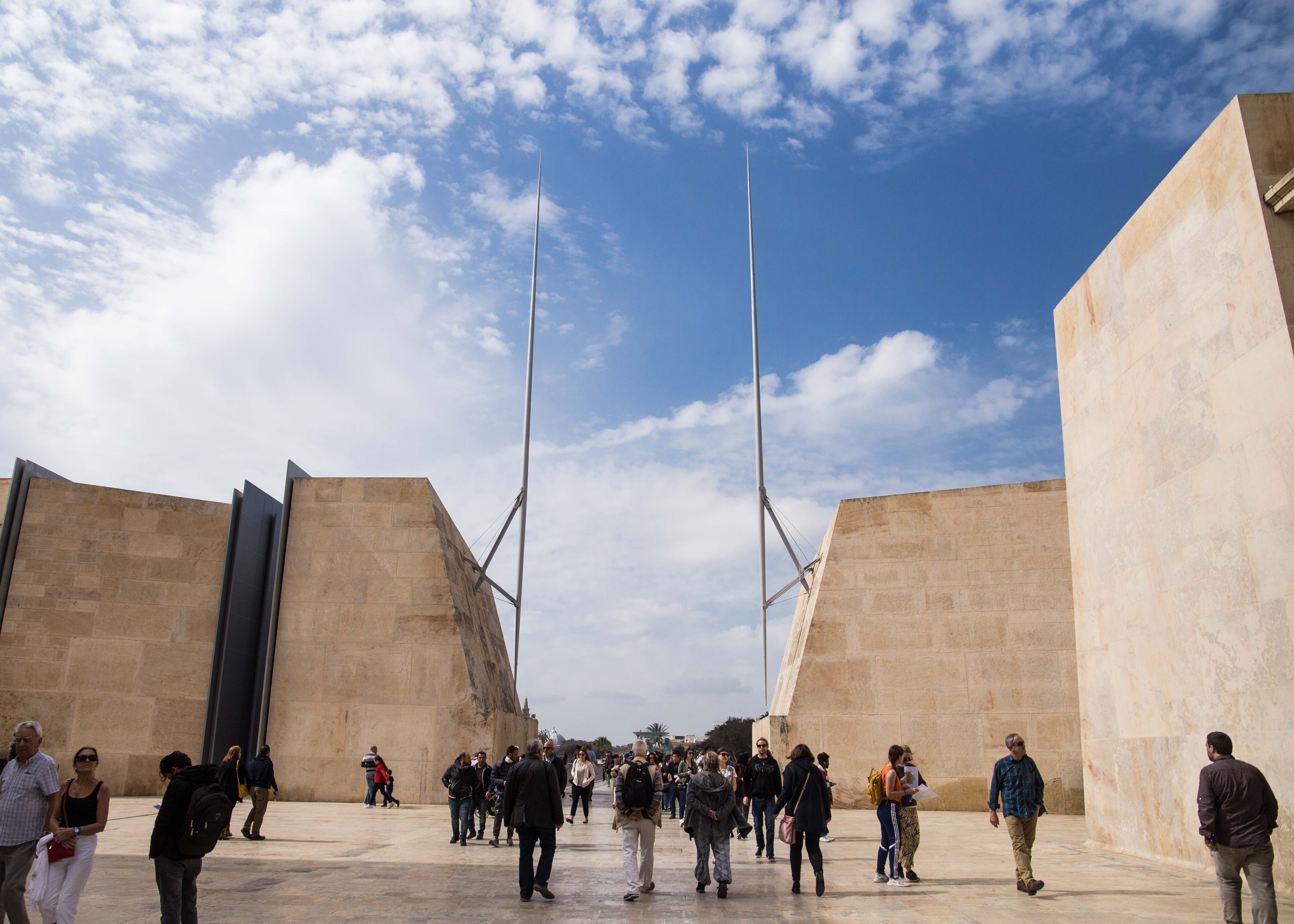
In order to enter the City of Valletta, you must enter through Valletta City Gate not very far from the bus hub. Walking past an enormous square, you will be able to see the Triton Fountain with 3 Tritons statues. The Triton is considered to be the true symbol of the sea, welcoming the visitors to the island of Malta. Walking straight from the Triton Fountain, you will find the City Gate modernly designed. Amazingly, it has been reconstructed for 5 times. When the Gate was completed, it was demolished and reconstructed again until the fifth time which was lastly reconstructed by Renzo Piano in 2011 and was completed in 2014.
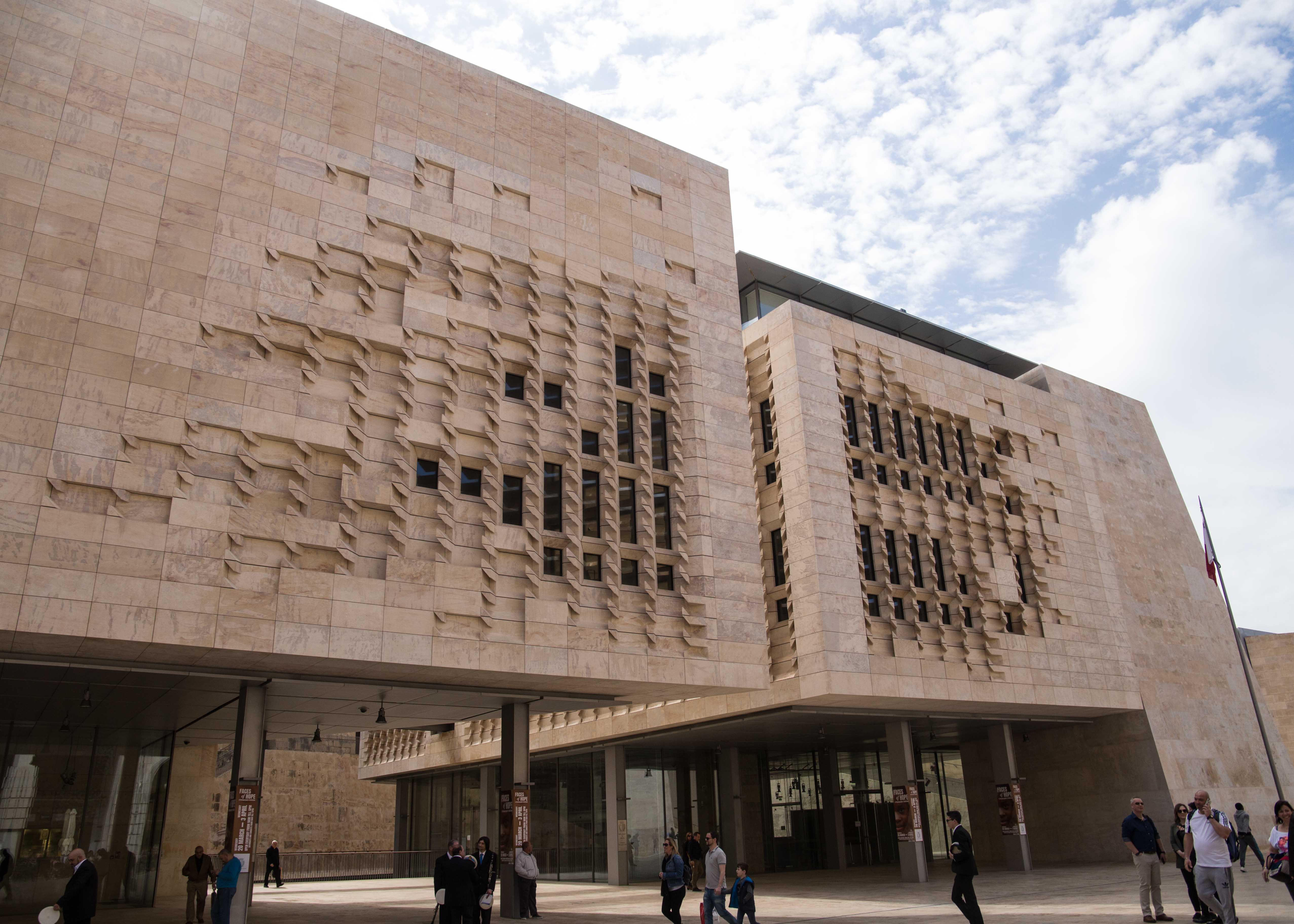
When you enter the city, you can find this beautifully outstanding building. This is the Parliament of Malta completed in 2014, designed by Renzo Piano, the same person who designed the Valletta City Gate and the Royal Opera House. The design is not only to be beautiful but also to protect the strong solar radiation. A lot of people adore its modern design and it became one of the most photogenic spots in Valletta. Moreover, it is the meeting point of the free walking tour in Valletta which you can book in advance and join for free. It usually lasts 1 hour and a half.
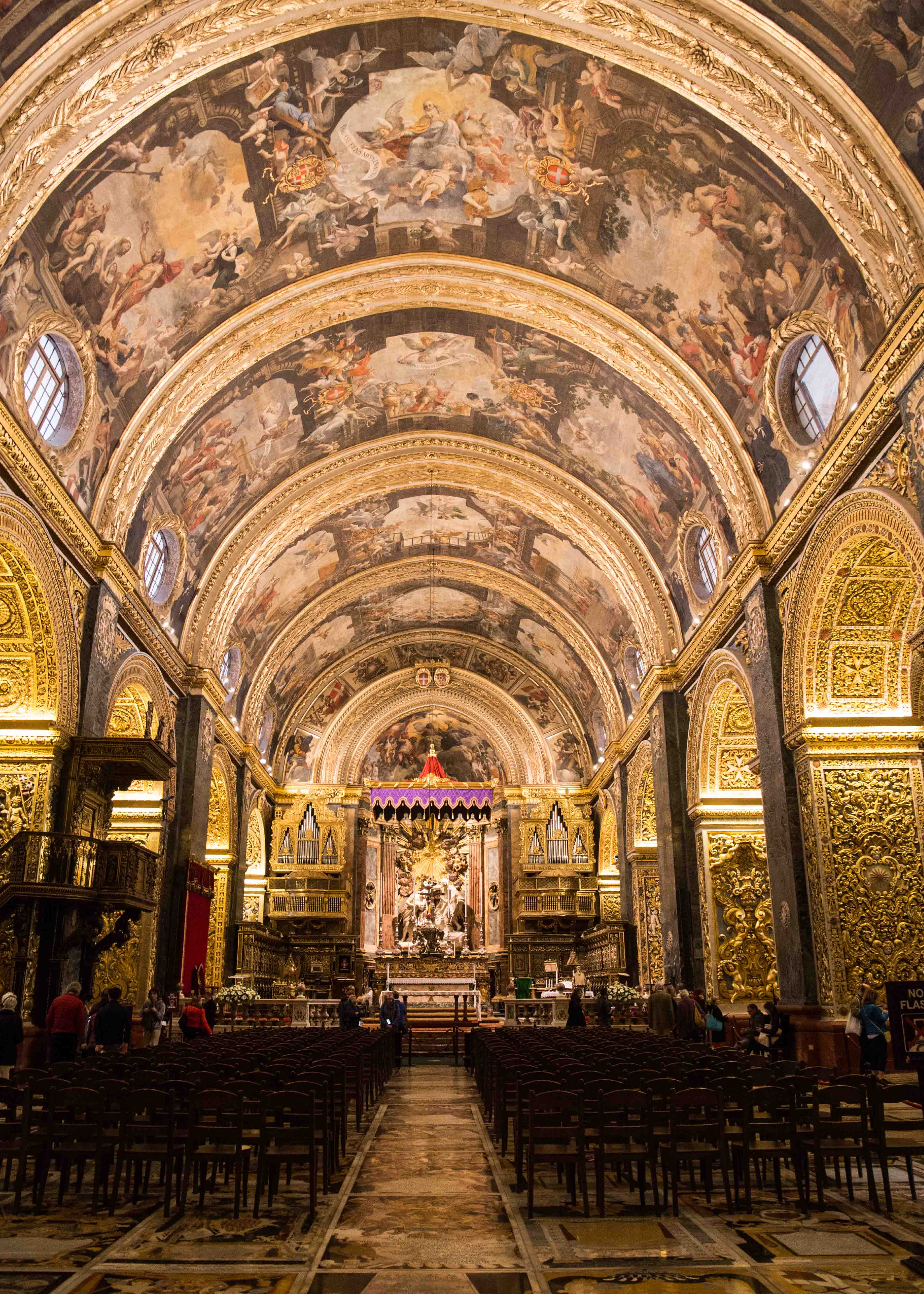
What you should not miss to see in Valletta is the St. John's Co-Cathedral which is the Roman Catholic co-cathedral built by the Order of St. John between 1572 and 1577. After the 17th century, the interior was redecorated by Mattia Preti and other Baroque painters, making this co-cathedral to be one of the most excellent examples of high-end Baroque architectures in Europe.
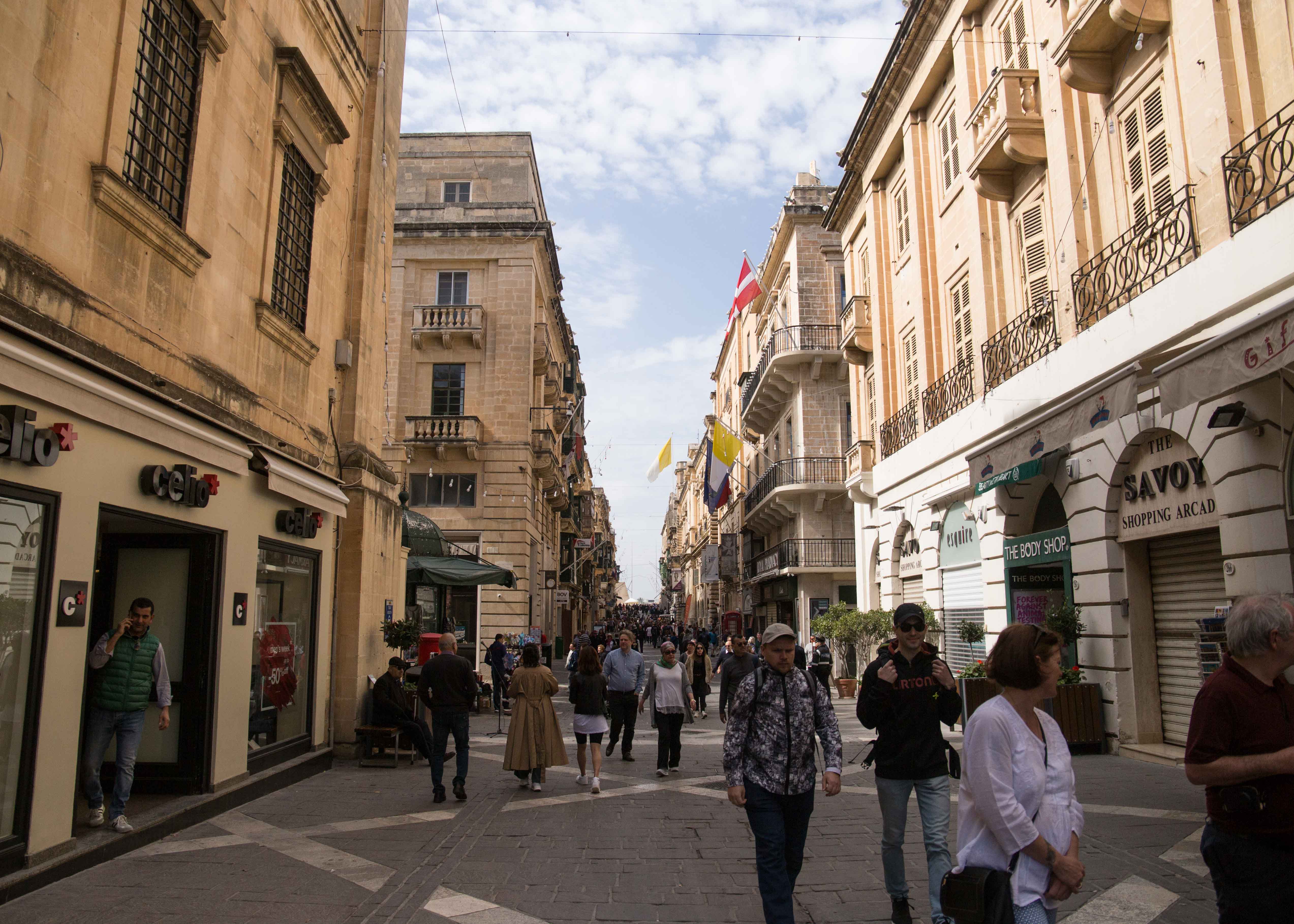
The main street in Valletta is full of tourists and locals, surrounded by shops, restaurants, cafes, and bars. The city itself is photogenic enough for you to stop and take the pictures all day long. In Valletta, there are many restaurants and cafes that are more than happy to welcome you. Souvenir shops are very easy to find. Besides the historical and cultural attractions, you can also enjoy eating and shopping too in Valletta.
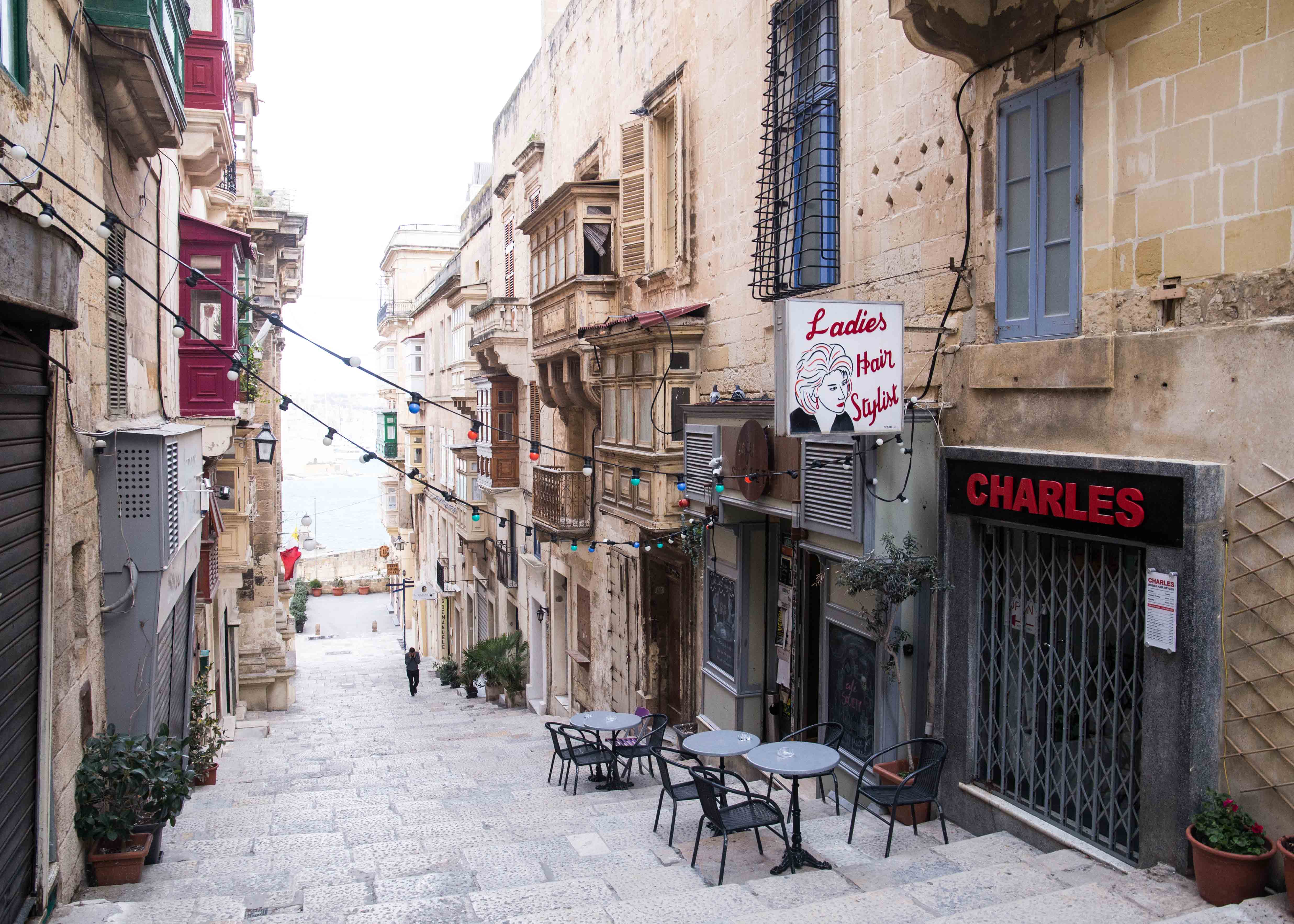
Since the City of Valletta has been built on the hilly peninsula, some parts of the city are hilly and might require a lot of energy to walk up and down. The charm of having a hilly geography is that you will see cute cafes and bars open along the stairway with colourful lights hanging over the building, providing you with chillax atmosphere. Imagine yourself having a cup of coffee or a pint of beer while watching people strolling around.
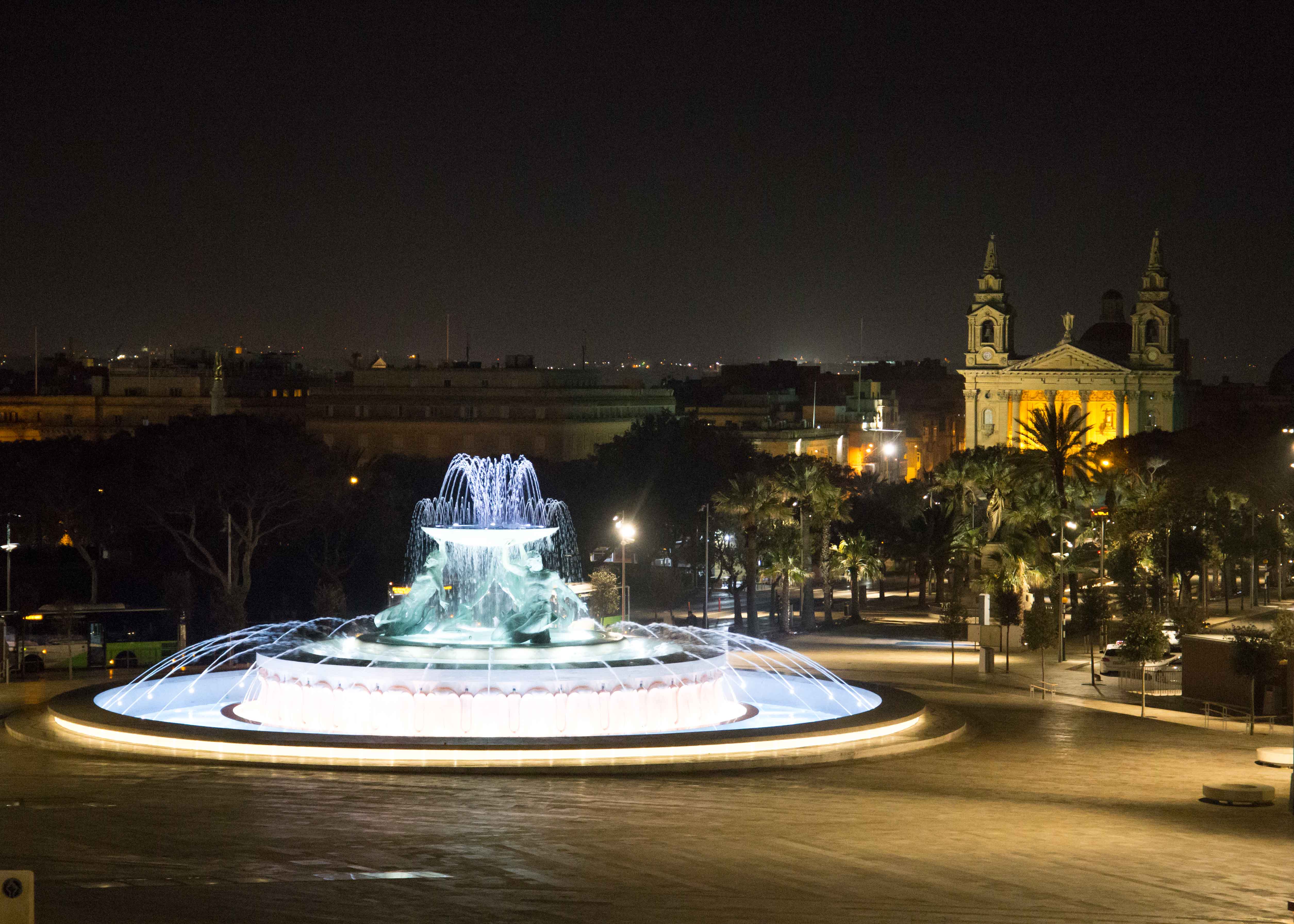
Valletta is lively during the daytime with tourists and locals strolling around the city; however, at night, it is instead quiet and peaceful. At night, the light at the Triton Fountain will be lit up.You can walk upstairs of the city gate and enjoy the view from the top or you can even go down and sit on the fountain bench while looking at the starry night sky. Do not miss a chance to visit one of the most concentrated historic areas in the world.
Words and Photographs by Aphinya Kasemsukphaisan